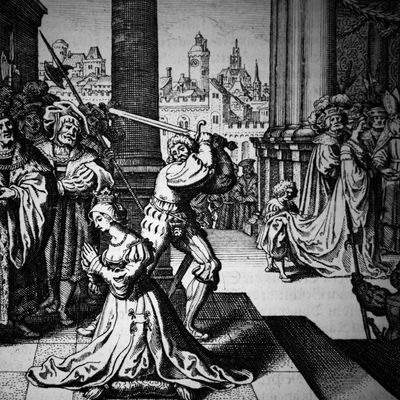
Wolf Hall has so many characters, it’s nearly impossible to follow all the action without a few trips to Wikipedia, and once there, it’s impossible not to be spoiled. The miniseries ends with the biggest execution of 1536, but even the characters who made it out of that year with their heads firmly attached to their necks ended up imprisoned in the Tower of London one way or another. No, the Tudor era was not a safe one for its courtiers — you either died a traitor under King Henry VIII, or you lived long enough to see yourself burned as a heretic under Queen Mary.
Who ended up with a one-way ticket to Tower Hill, and who managed to beat the odds and die peacefully in old age? Let’s find out!
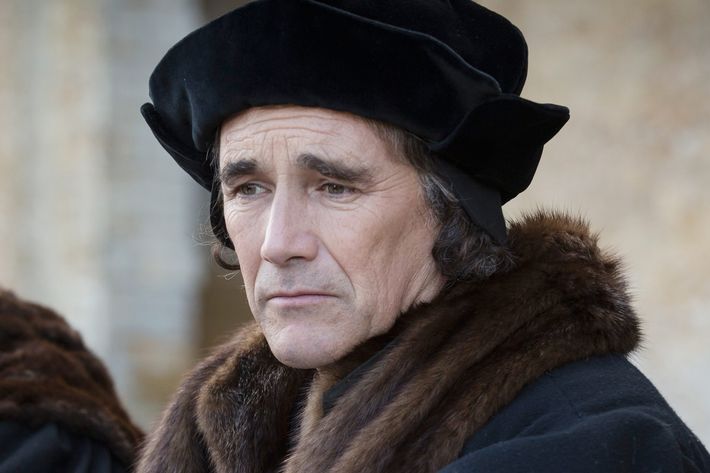
Thomas Cromwell (Mark Rylance)
The last, best joke of Wolf Hall is that, for all his machinations, Cromwell eventually met the same fate as his victims. After masterminding Henry’s disastrous marriage to Anne of Cleves and overreaching his religious reforms, Cromwell was sentenced to death without a trial and executed via botched beheading in 1540.
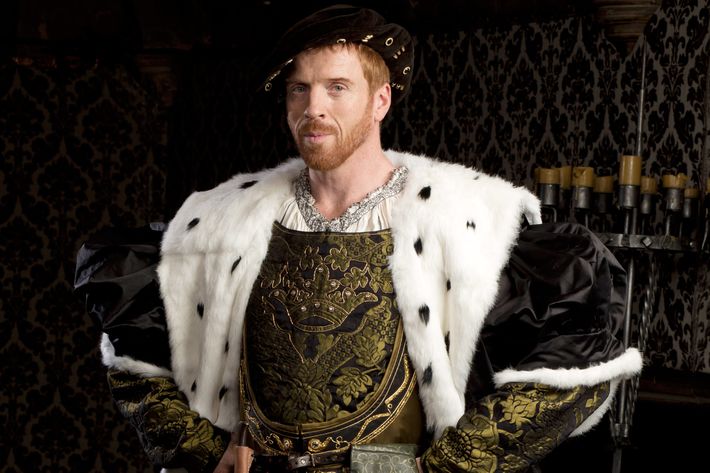
Henry VIII (Damian Lewis)
Despite popular misconception, Henry VIII was not always fat; he only became obese after a jousting accident in 1536 left him unable to maintain his previously vigorous level of physical exertion. Henry’s leg wounds from this accident became festering ulcers, and the fall may have left him with a traumatic brain injury, both of which, when combined with Henry’s corpulence, likely contributed to his death in 1547. If you believe modern medical theories, diabetes, hypothyroidism, and/or Cushing’s syndrome may have also played a role in his demise.
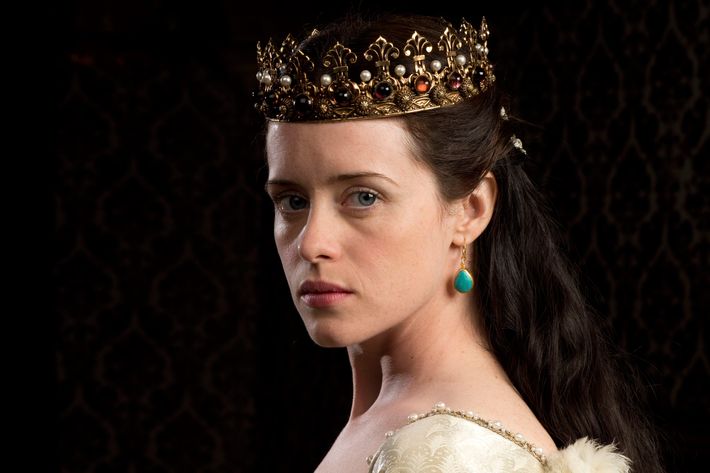
Anne Boleyn (Claire Foy)
If you’re watching Wolf Hall, you know what happened to Anne Boleyn: a female child; a series of miscarriages (one of which was allegedly caused by that same jousting accident, though that’s a lot of history to put on one horse); Jane Seymour; Thomas Cromwell; and rumors of adultery, witchcraft, and incest. After a sham trial, she was beheaded by a sword-wielding executioner in 1536.
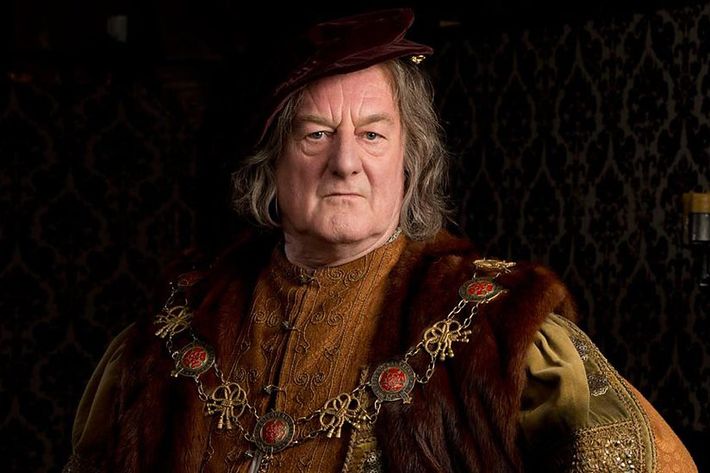
Thomas Howard, Duke of Norfolk (Bernard Hill)
It’s like what Oscar Wilde wrote: To lose one niece that you married to Henry VIII may be regarded as a misfortune; to lose two looks like carelessness. Norfolk escaped the downfalls of both Anne Boleyn and Catherine Howard essentially unscathed, but he couldn’t outrun the scandals of the younger generation forever; in 1546, he was thrown in the Tower after a paranoid Henry became convinced his son was plotting to usurp the throne, and that Howard was an accessory to his treasons. The son lost his head, but Norfolk was saved through impeccable timing — before he could be executed, Henry died. His rivals, the Seymours, kept him in the Tower throughout the reign of Henry’s son, but he was released in 1553 upon the ascension of Mary, and died a year later, an old man, at 80. (Bonus death: His grandson, also named Thomas Howard, was executed for plotting to install Mary, Queen of Scots, on the throne, a scheme you may remember from Elizabeth.)
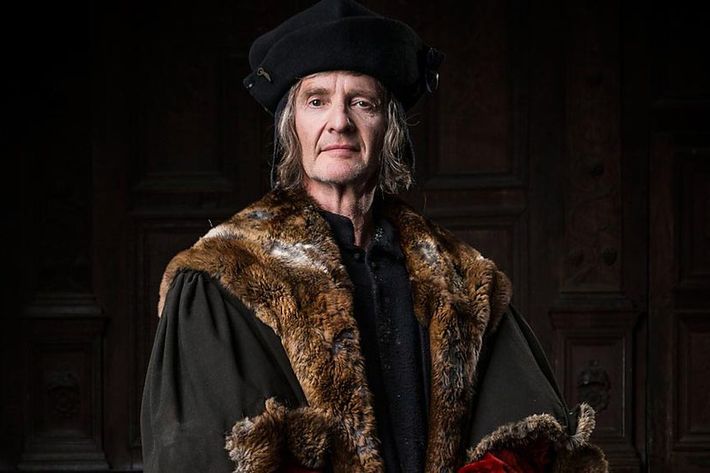
Thomas More (Anton Lesser)
He was a man for all seasons, except for the one he found himself living in: A staunch opponent of Henry’s break from the Catholic church, More refused to swear an oath proclaiming the sovereign’s supremacy over the faith, and after being set up by Cromwell, he was beheaded in 1535.
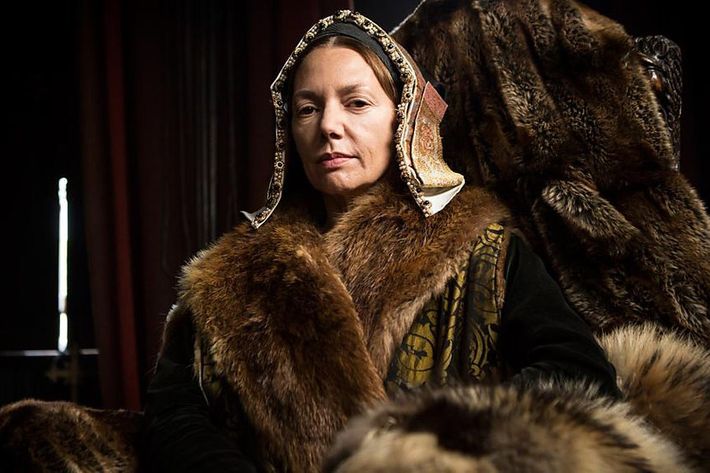
Catherine of Aragon (Joanne Whalley)
Henry VIII’s first wife died in virtual isolation in 1536, an occasion that reportedly prompted Anne Boleyn to dress in festive yellow. (Anne’s defenders say that yellow was the traditional color of mourning in Spain, Catherine’s homeland.) Her autopsy revealed a blackened heart, which led to rumors she’d been poisoned by a Boleyn spy, but modern medicine suggests she simply had heart cancer.
Cardinal Thomas Wolsey (Jonathan Pryce)
If you’re caught up on Wolf Hall, you’ve seen the gist of the cardinal’s downfall: Unable to force the Church to annul Henry’s marriage to Catherine of Aragon, Wolsey was stripped of his office and accused of treason. Like Norfolk, he was saved from the headsman’s block by an untimely death — unfortunately, it was his own, as Wolsey passed away from natural causes on his way back to London in 1530.
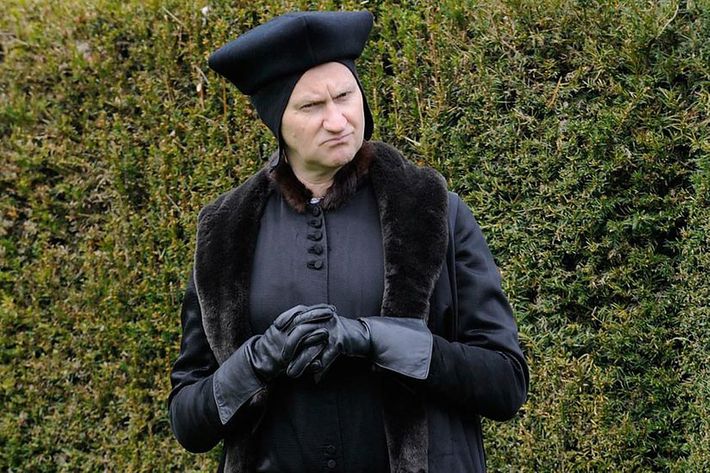
Stephen Gardiner (Mark Gatiss)
If clerics could die from embarrassment, that hat would have sent Gardiner off long before his time. In real life, though, Cromwell’s nemesis managed to outlive both his rival and Henry VIII. But his conservative religious views got him thrown in the Tower during the reign of Edward VI. Of course, you can’t spell Catholic martyr without M-A-R-Y, and upon her ascension to the throne, Gardiner was promptly released and named Lord Chancellor. He spent two years undoing his earlier work on the Reformation before dying of natural causes in 1555.
Thomas Boleyn (David Robb)
After seeing two of his children executed as traitors, you might think that Thomas Boleyn would have slunk away from court in disgrace. But no! Though he was booted from the office of Lord Privy Seal, Thomas was a capable and ambitious diplomat, and he was back in Henry’s good graces by the time of his death from natural causes in 1539.
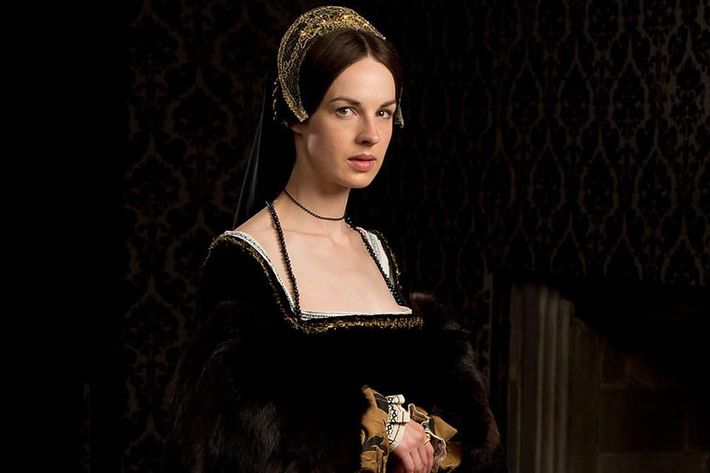
Jane Boleyn, Viscountess Rochford (Jessica Raine)
Having allegedly provided the testimony that sealed her husband and sister-in-law’s fate, Lady Rochford eventually returned to court and became the Linda Tripp of the Tudor era. As a lady-in-waiting to Catherine Howard, Rochford hooked the teenage queen up with Thomas Culpeper, a relationship that, whatever its true nature, led to the execution of all involved (on grounds of treason, of course). She suffered a nervous breakdown in the Tower and was declared legally insane, which meant that Henry had to get special legislation passed before he had her executed in 1542.
George Boleyn, Viscount Rochford (Edward Holcroft)
Popular depictions vary on the true nature of Anne Boleyn’s brother, and why he was ultimately convicted of incest alongside her. Was he secretly (and evilly) gay, as The Tudors made him out to be? Did he actually sleep with his sister, as The Other Boleyn Girl implied? Or was he, as Wolf Hall argues, simply a member of the losing side in a political battle, to be disposed of by any means necessary? Either way, he was beheaded in 1536, two days before his sister.
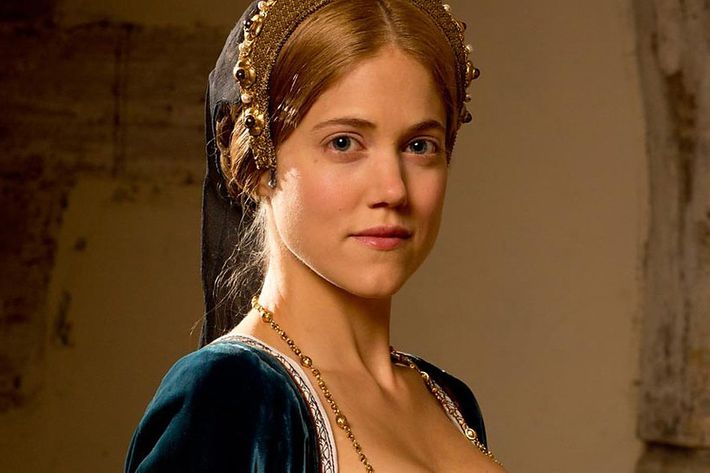
Mary Boleyn (Charity Wakefield)
The different fates of the three Boleyn children provide a case study for how dangerous courtly life could be. Both Anne and George parlayed Henry’s favor into political power and lost their heads for it, while Mary’s only reward for years of faithful mistressing was two children of dubious paternity. She was replaced in the King’s bedchamber by her younger sister, and then exiled from court after marrying a man of lower rank, living out the rest of her years in rural anonymity. Since life in the country came with its own hazards, this wasn’t quite the happy ending it appeared: Mary died only a few years after her siblings, of unknown causes. (Bonus death: Her great-grandson Robert Devereux, Earl of Essex, was executed in 1601 after leading a short-lived rebellion through the streets of London, a plot you may recall from Anonymous.)
Thomas Cranmer (Will Keen)
As Archbishop of Canterbury, Cranmer’s reformist tendencies made him a target for the religious conservatives at court, but his close relationship with Henry VIII kept him safe from their plotting. This was great for him during the subsequent reign of Edward VI, when Cranmer was a leading organizer of the Reformation, but not so great under the Catholic Queen Mary, who had Cranmer convicted for treason and heresy. He attempted to save his own life by converting back to Catholicism, but Mary wanted to make an example out of him, so Cranmer was burnt at the stake in 1555.
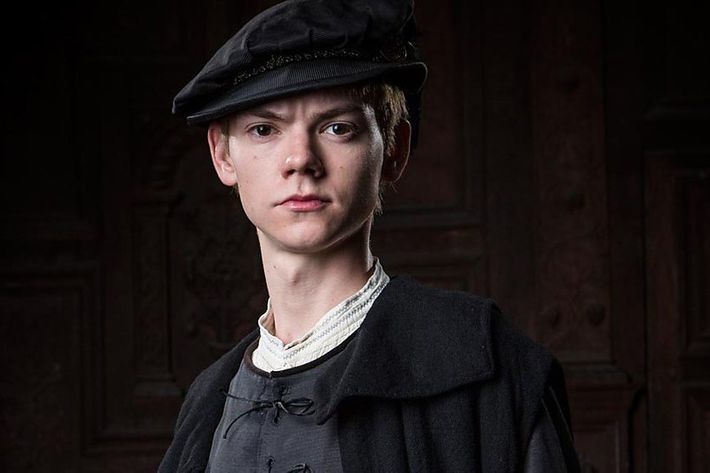
Ralph Sadler (Thomas Brodie-Sangster)
Cromwell’s young sidekick was thrown in the Tower after his master’s downfall, but he made it out and went on to live a long and happy life. Sadler served for decades as one of Elizabeth I’s most trusted diplomats, and when he died of old age in 1587, he was allegedly “the richest commoner in England.”
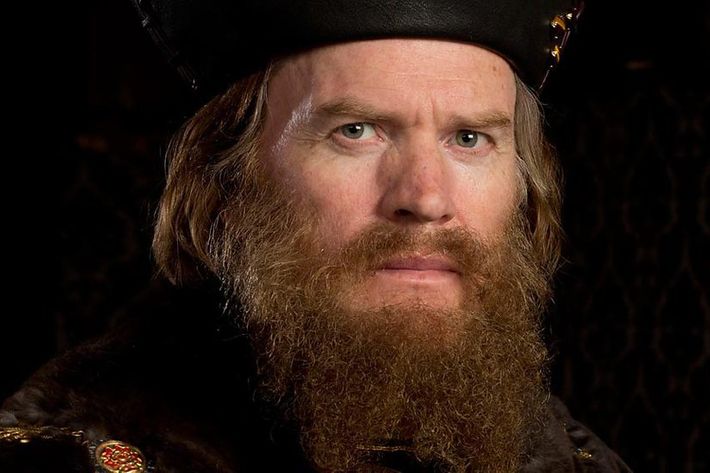
Charles Brandon, Duke of Suffolk (Richard Dillane)
The hunkiest Tudor was one of the few people close to Henry VIII whom the vengeful monarch didn’t eventually turn on; when Brandon died in 1545, the king threw a lavish funeral for his lifelong friend. (Bonus death: His granddaughter Lady Jane Grey spent nine days as queen after the death of Edward VI before being deposed and beheaded, a plot you may remember from numerous Romantic paintings.)
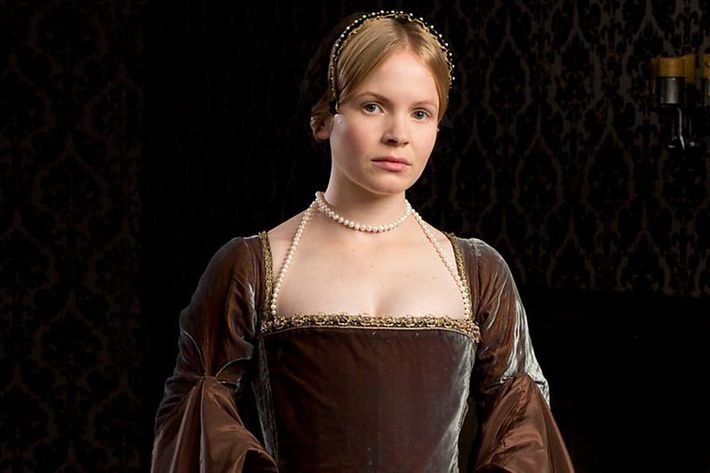
Jane Seymour (Kate Phillips)
She married Henry VIII and gave him the son he always wanted. Then she died of a postpartum infection two weeks after the future Edward VI was born. Kind of a classic “good news, bad news” situation.
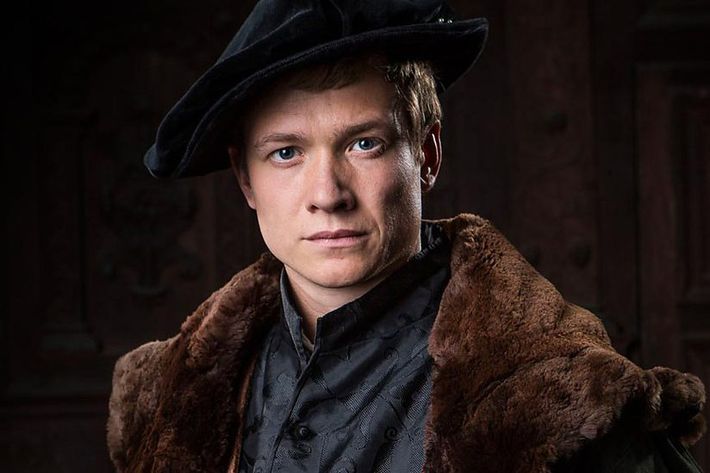
Edward Seymour (Ed Speleers)
As the eldest brother of Jane Seymour, Edward was a logical choice to sit on the regency council of her son, Edward VI, who had assumed the throne as a young boy. Only a few days after its formation, Edward persuaded the rest of the council to name him Lord Protector, and he proceeded to rule England with an iron fist for the next two years. After an expensive war with Scotland and popular uprisings throughout the country, the rest of the council decided they’d had enough, arresting Seymour (who had taken the young king prisoner and fled to Windsor Castle) and throwing him in the Tower. He was beheaded in 1552.
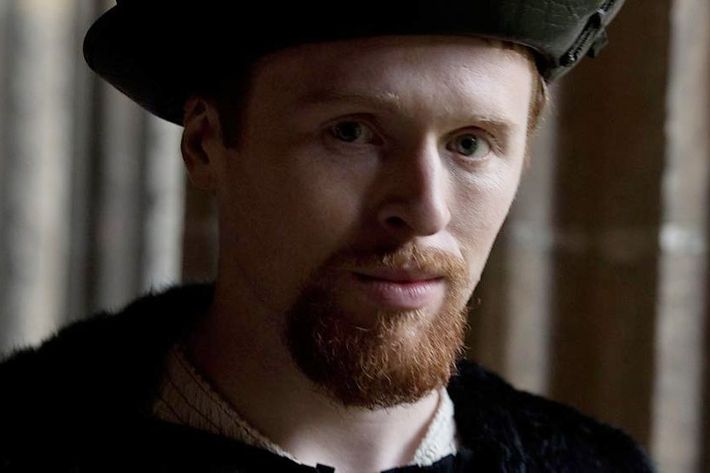
Thomas Seymour (Iain Batchelor)
Constantly overshadowed by his older brother, the younger Seymour spent the bulk of his short life engaged in reckless schemes for power. First he schemed to marry Henry VIII’s widow Catherine Parr (he succeeded), he schemed to seduce the teenage Elizabeth (he failed), and he schemed to overthrow his brother as Lord Protector (he failed). Seymour’s final scheme went belly-up after an aborted attempt to kidnap Edward VI ended with him killing the boy king’s beloved spaniel. He was convicted of treason and beheaded in 1549, beating his brother (for the first time ever?) by three whole years.
Henry Percy, Earl of Northumberland (Harry Lloyd)
Anne Boleyn’s kinda-sorta-fiancé had two major loves in his life: soldiering, and suffering from the fever. He was barely strong enough to serve on the jury for Anne’s trial, famously collapsing after the verdict was read, and he died of his illness a year later. Upon his death, Percy bequeathed all his property to King Henry VIII, because he had no children and hated his wife.
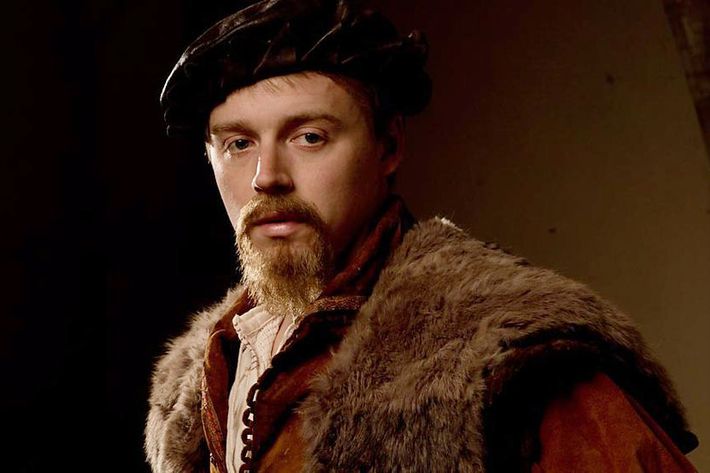
Thomas Wyatt (Jack Lowden)
Unlike all of the men who were executed for doing so, Wyatt may in fact have had a romantic relationship with Anne Boleyn. Fortunately, his friendship with Thomas Cromwell meant he escaped the chopping block, though he did spend a few unhappy months in the Tower. He died of illness in 1542; 15 years later, his poetry was published and changed the English sonnet scene forever. (Bonus death: Two of his sons were executed after leading a revolt against Queen Mary’s plan to marry a Spanish prince in 1554, a plot that has yet to be the subject of a major motion picture.)


